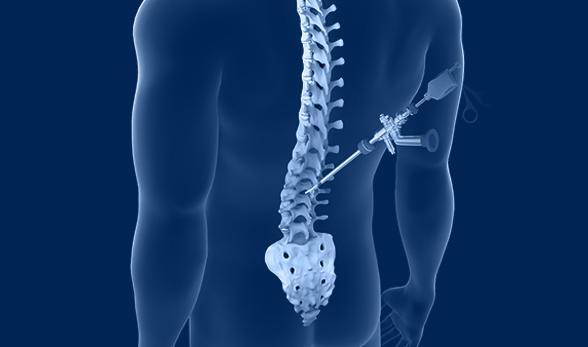Spine surgery treats various conditions of the spinal column to relieve pain and improve mobility. It also aims to enhance the overall quality of life. Learn about some common types of spine surgery, their methods, and benefits.
Spinal Fusion
Spinal fusion is a spine surgery that permanently joins two or more vertebrae in the spine. By eliminating motion between the joined vertebrae, this procedure reduces pain and improves stability. Spinal fusion is often recommended when other treatments, such as physical therapy or medication, have not provided enough relief. Some benefits of this procedure are:
- Spinal fusion helps stabilize the spine by fusing vertebrae together. This reduces abnormal movement that can cause pain and improves functionality, enabling patients to return to daily activities more easily.
- Conditions like scoliosis (a sideways curvature of the spine) and kyphosis (excessive outward curvature) can cause discomfort and limit mobility. Spinal fusion helps realign and straighten the spine, correcting these deformities and improving posture.
- For severe or chronic conditions, spinal fusion strengthens the spine and prevents further degeneration or instability. This is especially helpful for individuals with advanced spinal conditions or traumatic injuries.
Minimally Invasive Discectomy
A minimally invasive discectomy is a spine surgery designed to relieve pain caused by a herniated disc pressing on nearby nerves. This technique involves making small incisions and using advanced surgical tools to remove the portion of the disc causing the problem.
Unlike traditional surgeries, this approach minimizes tissue damage, reduces recovery time, and lowers the risk of complications. Patients often experience significant relief from pain and can typically return to their normal activities much sooner compared to more invasive procedures.
Decompression Surgery
Decompression surgery, or laminectomy, involves removing portions of bone or soft tissue. This relieves pressure on the spinal nerves caused by conditions such as spinal stenosis. The procedure offers several key benefits. It alleviates nerve compression to reduce pain and discomfort. It improves neurological function to restore mobility and control. Addressing symptoms such as numbness or muscle weakness can enhance the overall quality of life.
Artificial Disc Replacement
Artificial disc replacement is a spine surgery that removes a damaged or degenerated disc in the spine. It replaces the disc with a synthetic alternative. This approach aims to preserve natural spinal motion. It is often seen as a more flexible alternative to traditional spinal fusion, which limits movement. Benefits of this surgery include:
- Maintains spinal mobility at the affected level, allowing for greater flexibility compared to the static nature of spinal fusion.
- Reduces the risk of adjacent segment degeneration, a condition where nearby areas deteriorate over time due to stress.
- Provides a more natural range of movement, supporting better spinal function and reducing strain on other parts of the spine.
- Offers a modern, motion-preserving solution for individuals seeking relief from chronic pain and enhanced mobility.
Explore Your Options for Spine Surgery Today
Spine surgery offers targeted solutions to address various spinal conditions effectively. These procedures stabilize the spine, minimize nerve compression, or preserve motion. They play a role in alleviating chronic pain and improving patient outcomes. For guidance or to explore how these procedures may fit your needs, contact a trusted spine specialist or schedule a consultation.
Related Articles
Effective Strategies for Managing Plantar Fasciitis Pain
Treatment Options for Movement Disorders
Combating Osteoarthritis with PRP Therapy: A Patient’s Journey
The Impact of Mammograms on Early Detection of Breast Cancer





